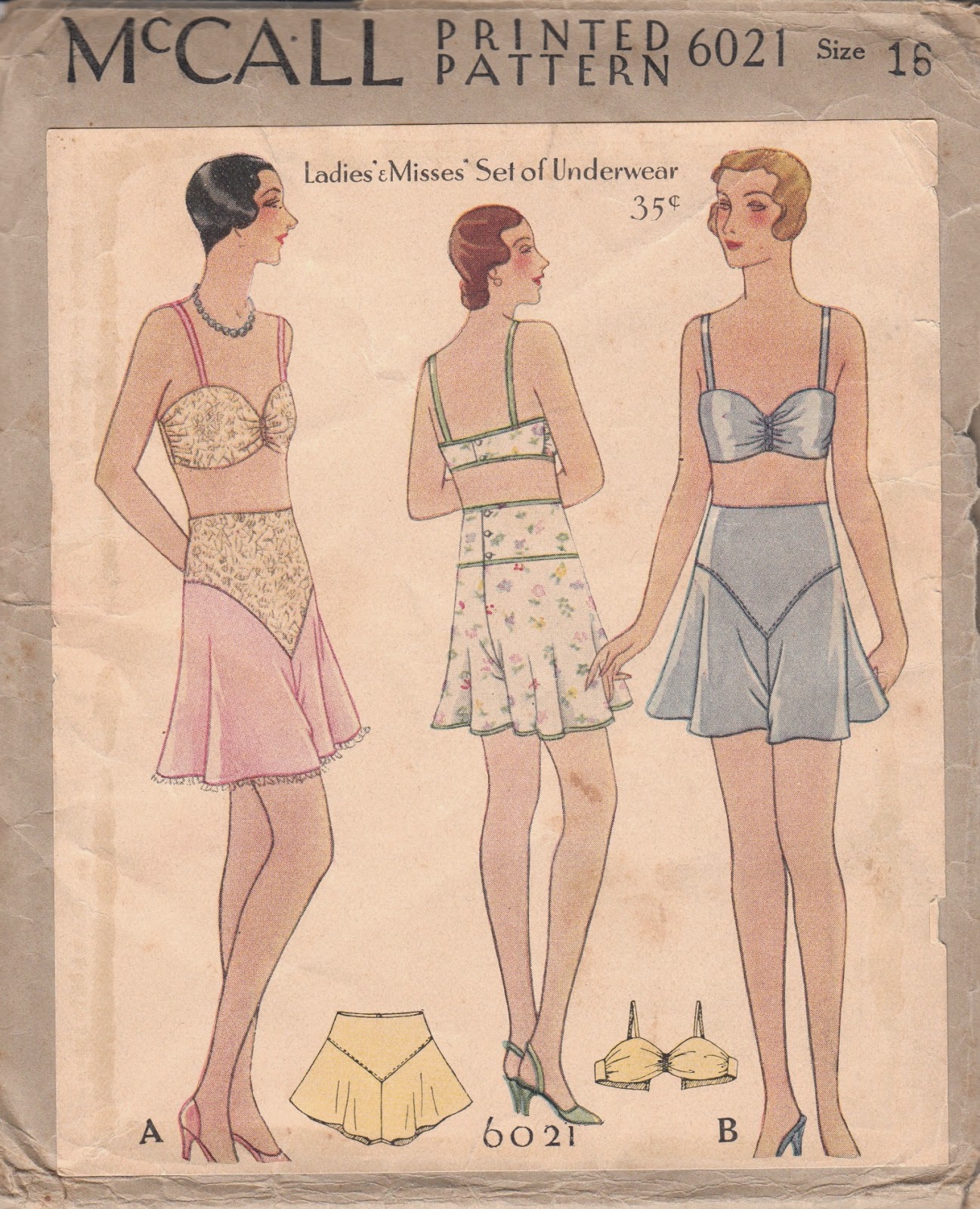Called the
algibeira, this pocket is an interesting blend of form and function. It is in the shape of a stylized heart, traditionally associated with Viana do Castelo and Portugal. This stylized heart shape is also present in the traditional jewelry and folk art of this area.
 |
| My Algibeira |
A few summers ago, when I brought my
18th century pockets with me to Portugal to embroider them in my downtime, I remember my grandma calling my pockets
algibeiras. She then proceeded to tell me I was doing them wrong, even though I was trying to explain to her that they were from a different time period and geograpichal location...
However, this is interesting in that this traditional pocket is very similar to 18th century pockets as well as Italian Renaissance
saccoccias. Like the
saccoccia, it is worn on the outside of the body; like the pockets, it is decorated with embroidery.
My
algibeira is made of red and black wool. The upper and outer edges of the
algibeira are bound with coordinating cotton tape. The inner edge or pocket cavity is edged with contrasting green tape, though usually this would be the same color as the rest of the pocket. Since my pocket was purchased in Aveiro rather than Viana do Castelo, it's likely that it was made more for the tourist market than for traditional dancing. This may also explain why it's lacking the word "
Amor" (love) embroidered on it (meaning either love of Viana do Castelo or love of a boyfriend/husband). My
algibeira does have a little skewed pink heart embroidered on it, however. For more images, check out
Folk Costume & Embroidery's
post.
These are usually decorated with a combination of seed beads and sequins. Some of my sequins have fallen out, sadly. The embroidery on this piece is very simple compared to that of the
saia and
corpete, another indicator that it was intended for the tourist market. It is backed with cream-colored cotton.
The
algibeira serves to hold hair pins, keys, coins, etc, but its traditional purpose is to hold a handkerchief. During the last dance of our performance, the girls remove the handkerchiefs from their
algibeiras and "wave goodbye" to the audience. The
algibeira is worn on the right side of the body, and during dancing, the handkerchief is removed with the right hand. It seems that the correct way to wear it is on the right side, underneath the apron--an interesting way of keeping a garment that belongs underneath outside and somewhat hidden.
 |
| The linen handkerchief is vintage, from our own collection. It seems that no one has any recollection where we got it. We seem to have tons of embroidered hankies lying around in drawers... |










